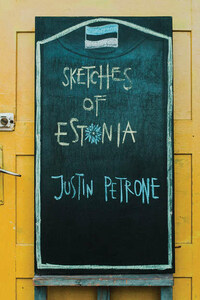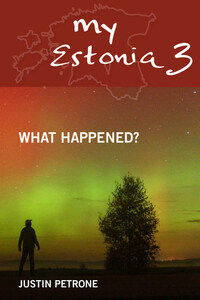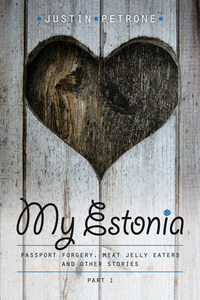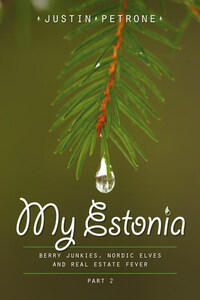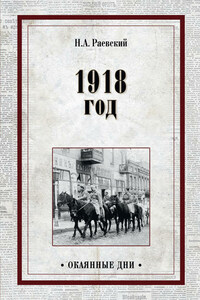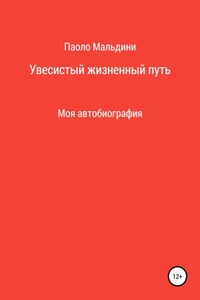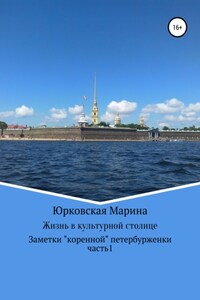Some full moons come and go but others are truly potent, wicked, and there is a filmy glimmer in the eyes of the Estonian people, should you dare to peer into them for too long.
This has been one of those full moons.
We have been holed up in Haapsalu for the White Lady Festival, a festival held each August. Any festival can be overwhelming, true, but with this particular full moon it’s been too much. Too much lingering eye contact from strange ladies, too many giddy acquaintances bumping elbows in the street sharing odd stories. There is a feeling that something will burst.
Must burst.
What better relief than to board a white ship called the Saint Ola bound for a remote island with nothing but a journal, a camera, and some money for bicycle rent? Sunshine on my eyelids, salt spray in my nose, wind at my back, pushing me ever on. Vormsi, by history an island of the Estonian Swedes. Except that few Swedes still dwell there, and they are just on vacation.
So it begins this way, another journal, another journey. Any writer in Estonia will eventually find himself writing from the deck of a ship. I arrived to Estonia at the tender age of 22 by ship, and if I ever have to flee, like the Estonian Swedes did in 1944, it will be by ship. How else? By plane? Automobile? Would someone running away from Estonia really just drive to Riga? No. If you want to get in and out efficiently, you get on a ship. Like a bootlegger. Quick. This is a nation of islands, peninsulas, coves, with only a few clusters of low hills, far inland.
The white ship Saint Ola rumbles beside the docks where huge stacks of lumber are piled up and I admire the raw wood. Then the cold sea begins to move us, white bubbles and yellow foam cresting and swirling, until the mainland becomes gray. I am going to Vormsi this morning in part because of a photo I once saw. The caption read: “Maria Murman (1911–2004), an Estonian Swede who remained in Estonia after the Second World War. Vormsi Island 1994.”
A plump lady with white hair pulled up in the country fashion, wrapped in an old wool coat, standing in a kitchen. On the back wall, an ancient map, where the coasts of Vormsi Island are more sketched than drawn, as if the Swedish imperial cartographer was not quite certain of the island’s shape. Murman was one of the few Swedes who stayed behind in Estonia after the war. She was the living link to the island’s dreamy past, a past that may just live on over these waters. I think a lot of people come to Vormsi looking to get into Maria’s mindset. We are tired of festivals, tired of websites. We are tired of politics and TV shows. We are really, really tired of free wireless Internet. We are tired of modern Estonia. We want something different, something true. We get on ferries and head out to the islands. Just rent a bike, buy a bottle of water, a pack of raisins and nuts and go.
***
I was out of shape on that trip, and huffed across the island, which looked so small on the map, to Saxby, where I visited the lighthouse, and turned back for Hullo and the promise of another bottle of water and more raisins from the general store in the cluster of buildings that counts as the island’s commercial and political hub. There are thick forests in the center of Vormsi, where the tall tree canopy keeps out the sun, and where one can stand and see only trees and behind them trees, birches, pines, and some ferns and rocks along an impenetrable forest floor.
It was there, in an area called Fällarna on maps, but otherwise indistinguishable from any other forest, that something both extraordinary and entirely predictable happened to me.
I encountered an old woman.
This one wore a blue handkerchief on her head with white polka dots. She wore a white blouse and blue skirt, and had a bucket and was filling it with wild strawberries. Her fingers were crooked and tan, stained red from the fruit. Her face was equally tight with sunburn and she had fine high cheekbones. I studied her from my perch on the side of the road. She didn’t acknowledge me, but went about her business of picking, hunched over. There was something so delicate and soft in her movements and I felt vulnerable.
“Noormees,” she said, displaying a mouth full of white teeth. “Young man. What are you doing there?”
“I am writing a book,” I said, showing her my notebook. “See.”
“Oh, really?” she swung back down to feel the ground for berries. She dropped a few berries into her bucket. “Well, very well then, noormees, but what is your book going to be called?”
“I don’t know,” I said. “Probably something about Estonia. Sketches of Estonia or something like that. Like that Miles Davis album, Sketches of Spain.”
She blinked at me. Maybe not a big jazz fan?
“Or maybe Estonian Letters or Estonian Stories …”
“I get it, I get it…” she waved me away with a hand. She was bent over, with her bony butt in the air. It’s amazing how strong country people are. You stay in the cities, you get fat, soft, die a worthless death. You die out here, at least you drown, or have a heart attack picking berries.
